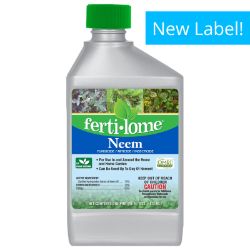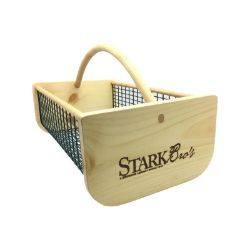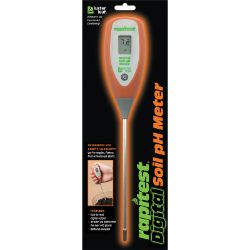Fertilizing Onion Plants
Onions have different nutritional needs as they grow. Unlike garlic, onions are not big eaters and don’t require much in the way of food. They must still be fed a little, however, and it’s important to know when to feed your onions, what to feed them (depending upon your soil type) and when to stop fertilizing to get the biggest, plumpest bulbs.
NOTE: This is part 6 in a series of 9 articles. For a complete background on how to grow onion plants, we recommend starting from the beginning.
Fertilizing Your Onions
After the initial application of fertilizer in the trench at planting time, you will need to feed your onions every few weeks thereafter. Onions' nutritional needs are different during the growing season, so you will need a different fertilizer for feeding after the first application. Fertilize with ammonium sulfate (21-0-0) if you have alkaline soil, or calcium nitrate (15.5-0-0) if you have acidic soil. If your soil pH is in the optimum range (about 6.0 to 7.0), you don’t really need additional fertilizer, but if you want larger onion bulbs, apply ammonium sulfate (21-0-0) every 3 weeks or so as directed below.
Sprinkle the fertilizer on top of the original fertilizer trench at the rate of ½ cup per 10 feet of row. Water well after each application. When the ground starts to crack as the onions push the soil away, the bulbing process has begun and you should stop fertilizing at that time.
The Importance of Weeding
Weeding doesn’t just make your garden look nice—it kills competition for nutrients so your onions can thrive. Mulching with a light layer of straw or untreated grass clippings will help control weeds and preserve moisture. Keep the mulch away from the bulbs and be sure to push it even further back when the plants start to bulb. This will ensure that the bulbs cure properly.




















